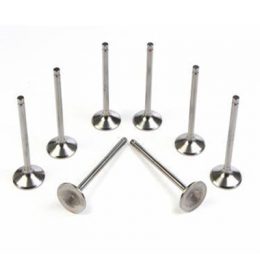Marine Cylinder Liner Measurements: Standards & Insights.
Marine Cylinder Liner Measurements
Marine engines play a crucial role in the shipping industry, with cylinder liners being one of the most important components of these engines. Cylinder liners are designed to provide a protective surface against the piston, ensuring smooth operation and reducing wear and tear. However, these liners are also subject to wear over time, which can affect the performance and efficiency of the engine. Proper cylinder liner measurements are critical to maintaining the efficiency and performance of marine engines.
===Standards for Marine Cylinder Liner Specifications
Marine engine manufacturers follow strict standards in specifying cylinder liner dimensions and tolerances. The most common standards used in the industry are ISO 9001, ASTM, and DIN. These standards ensure that the cylinder liners meet specific requirements, such as the diameter, height, and wall thickness. Additionally, the standards also specify the tolerances that are acceptable in the manufacturing process, ensuring that the liners are within acceptable limits.
===Cylinder Liner Measurement Techniques
Various measurement techniques are used to measure cylinder liners, including manual and automated methods. The manual method involves using micrometers and other measuring tools to gather dimensional information. The automated method, on the other hand, uses laser scanners and other optical measurement tools to gather data. Both methods have their advantages and disadvantages, but the automated method is faster and more accurate.
===Insights into Marine Cylinder Liner Wear Patterns
Cylinder liners are subject to wear, which can be caused by several factors, including piston movement, combustion, and engine temperature. Wear patterns on cylinder liners can provide valuable insights into the condition of the engine. For instance, if the wear pattern is uneven, it could indicate misalignment or an issue with the cylinder head. Measuring the wear patterns can help identify the cause of the problem and prevent further damage to the engine.
===Importance of Accurate Cylinder Liner Measurements
Accurate cylinder liner measurements are crucial for maintaining the efficiency and performance of marine engines. Improper measurements can lead to poor engine performance, increased fuel consumption, and premature engine failure. Accurate measurements can also help identify issues with the engine and prevent further damage, reducing maintenance costs and downtime.
===Conclusion: Advancements in Marine Cylinder Liner Measurement Tools
Advancements in technology have led to the development of more advanced measurement tools for cylinder liners. For instance, laser scanning technology provides more accurate measurements and reduces the time required to gather data. These advancements have improved the accuracy and speed of cylinder liner measurements, ensuring that marine engines operate at peak performance. With the continued development of measurement tools, we can expect further improvements in the efficiency and reliability of marine engines.
- Vertical Centrifugal Pump
- Exploring Marine Diesel Engine Connecting Rods: Anatomy, Materials, Design and Maintenance
- “Smooth Sailing: The Benefits of Marine Butterfly Valves for Safe and Efficient Boat Operations”
- What Is a Marine Radio Survey?
- Circulation System in a modern ship
- Marine Rudder Pintle



